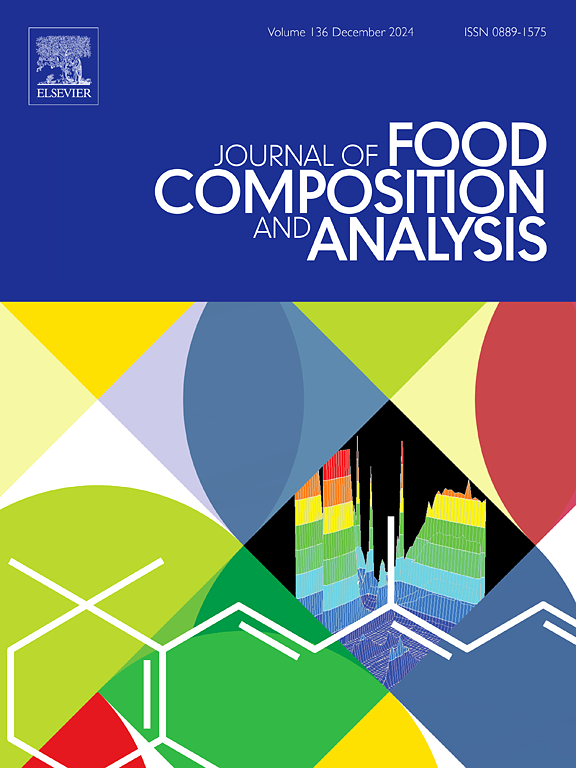Determination of organophosphate flame retardants in bottled drinking water via solid-phase extraction and gas chromatography-mass spectrometry
IF 4
2区 农林科学
Q2 CHEMISTRY, APPLIED
引用次数: 0
Abstract
Organophosphate flame retardants (OPFRs) are frequently used in commercial products as flame retardants and plasticizers to meet fire safety standards. Their extensive use has led to increasing concerns about environmental and human exposure, as OPFRs are released into the environment during product manufacturing, usage, and disposal. Exposure to OPFRs could induce various toxic effects such as neurotoxicity and endocrine disruption. Therefore, evaluation of OPFRs contamination in frequently encountered media in daily life is of significant importance. Specifically, humans consume a significant amount of water daily, thus monitoring the levels of OPFRs in drinking water is critical. Therefore, in this study, an analytical method using solid-phase extraction-gas chromatography-mass spectrometry (SPE-GC-MS) was developed for the quantitation of ten popular OPFRs in drinking water. The method was optimized considering the SPE cartridge, pH of the water samples, elution solvent, and reconstitution solvent. The developed method was successfully validated in terms of limit of detection (LOD), limit of quantification (LOQ), linearity, accuracy and precision. The LOQ values ranged between 1.0 and 41.0 ng/L, with the accuracy and precision demonstrating satisfactory results as the recoveries and relative standard deviation (RSD) values ranged 70.62–96.83 % and 1.68–13.47 %, respectively. The developed method was applied to drinking water samples collected from South Korea. Among the ten OPFRs analyzed, tris(2-chloroethyl) phosphate (TCEP) and tris(2-chloro-1-methylethyl) phosphate (TCIPP) demonstrated concentrations higher than the LOQ values with ranges of 8.77–22.02 ng/L and 16.46–39.67 ng/L, respectively. As the industrial usage of OPFRs continuously increases, the contamination of various water samples with OPFRs must be monitored. The developed method can be used to monitor OPFRs in water samples from various environments.
求助全文
约1分钟内获得全文
求助全文
来源期刊

Journal of Food Composition and Analysis
工程技术-食品科技
CiteScore
6.20
自引率
11.60%
发文量
601
审稿时长
53 days
期刊介绍:
The Journal of Food Composition and Analysis publishes manuscripts on scientific aspects of data on the chemical composition of human foods, with particular emphasis on actual data on composition of foods; analytical methods; studies on the manipulation, storage, distribution and use of food composition data; and studies on the statistics, use and distribution of such data and data systems. The Journal''s basis is nutrient composition, with increasing emphasis on bioactive non-nutrient and anti-nutrient components. Papers must provide sufficient description of the food samples, analytical methods, quality control procedures and statistical treatments of the data to permit the end users of the food composition data to evaluate the appropriateness of such data in their projects.
The Journal does not publish papers on: microbiological compounds; sensory quality; aromatics/volatiles in food and wine; essential oils; organoleptic characteristics of food; physical properties; or clinical papers and pharmacology-related papers.
 求助内容:
求助内容: 应助结果提醒方式:
应助结果提醒方式:


